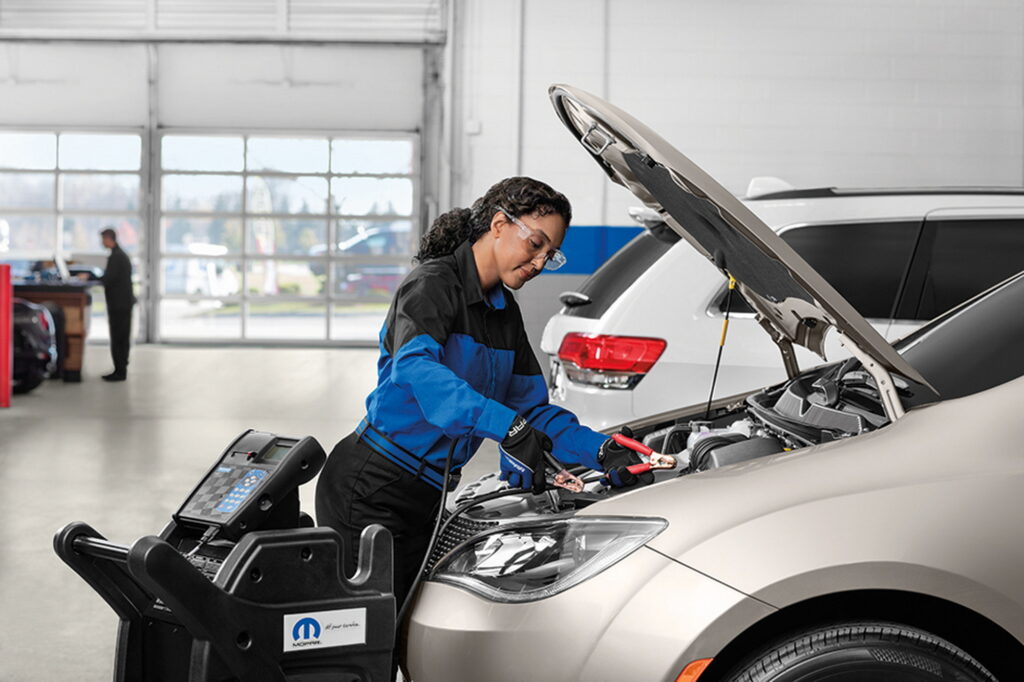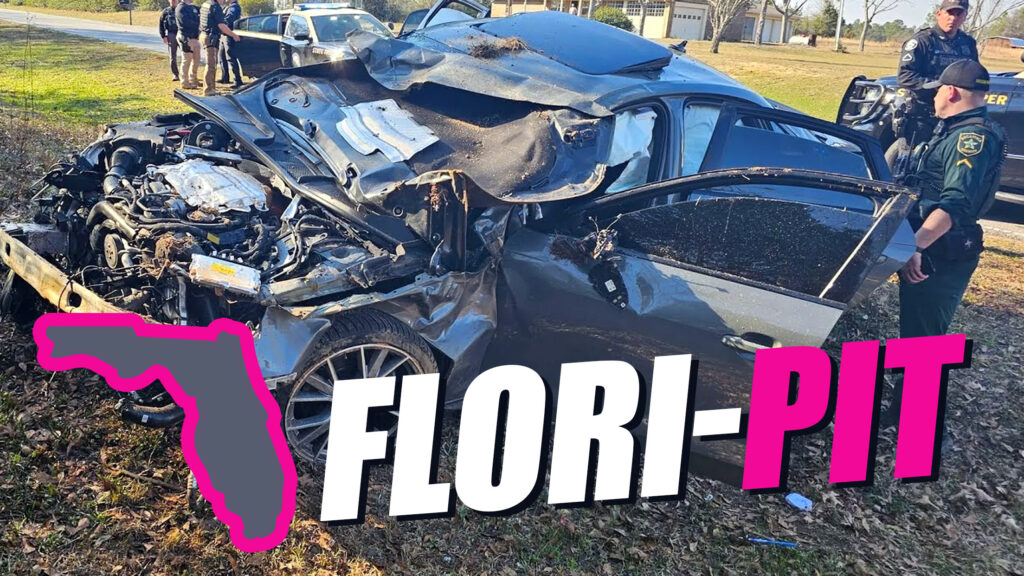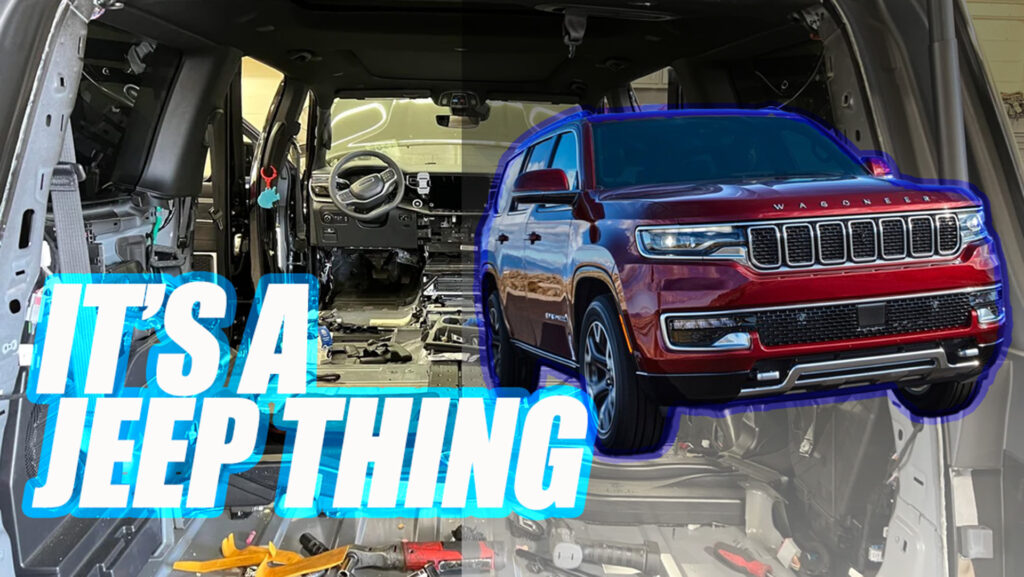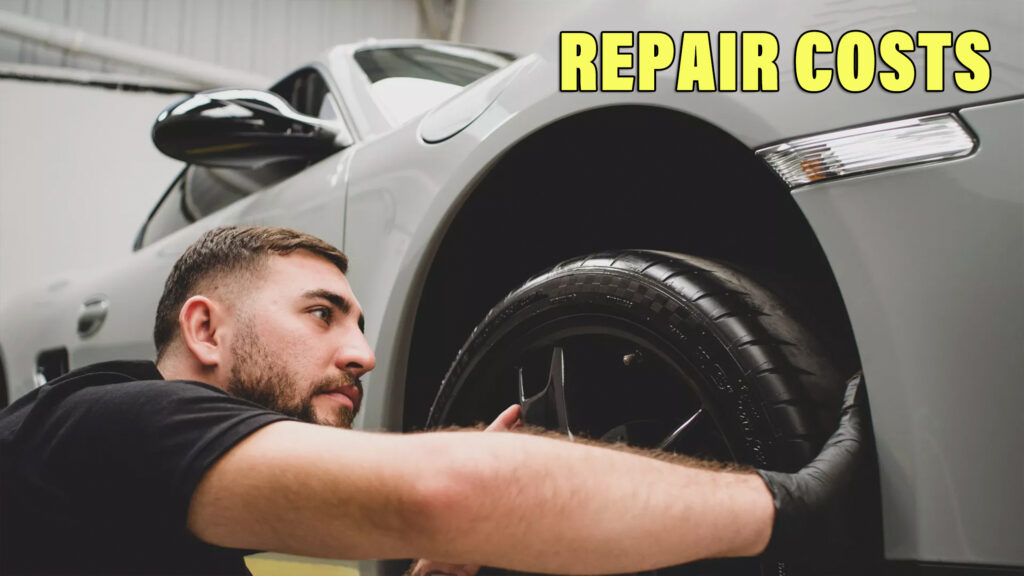If you just had your car repaired and were shocked when presented with the bill, you aren’t imagining things. Fixing cars now costs far more than it did even 12 months ago, the latest consumer price index putting the rise at a shocking 20 percent.
That’s at least six times more than the 3 percent overall rise for all categories examined in the price index, so what on earth is driving up repair costs so fast? Experts say it’s not the result of one event or change, but a combination of multiple factors, and it looks like most of them aren’t going to change any time soon.
A report by CNBC investigating the spike in repair costs over the past year came up with 6 reasons prices have risen so much above the rate of inflation, and the first of those is that cars have become far more complicated in recent years. Car bumpers and grilles now commonly feature sensors that weren’t present on older cars, increasing both parts costs and the time involved to make the repair. CNBC references a bodyshop owner who says fixing an accident-damaged car that has struck a deer now costs $1,500-2,000 more than it did 15 years ago.
Related: How Often Do You Change Your Car’s Oil And Do You Stick To The Manufacturer’s Schedule?

The pandemic has also played a role in rising costs because supply chain issues have made parts harder to source and often more expensive, and vehicles are now more likely to need those parts replaced because people are hanging onto their vehicles for longer. Data from S&P Global Mobility shows that the average age of cars and trucks in the U.S. has risen from 10.5 years in 2010 to 12.2 years in 2022. That’s partly down to a shortage of new-car inventory in recent years as a result of the pandemic, but the recent interest rate hikes that make it more expensive to buy a new vehicle could result in the average age growing again.
Other factors cited by the experts they spoke to include an increase in the number of crashes (up from 5.3 million in 2020 to 6.1 million in 2021 according to the NHTSA), and a decrease in the number of repair technicians, which has forced labor rates up. And the final factor relates to an increasingly popular service some of those available technicians now offer, which is the option to share photos and videos of a fault with a customer. It’s a service that certainly helps dealers grow trust with the customer, but unfortunately, it also helps grow the repair bill by an average of $260 says Skyler Chadwick, director of product consulting at Cox Automotive.
H/T to CNBC








